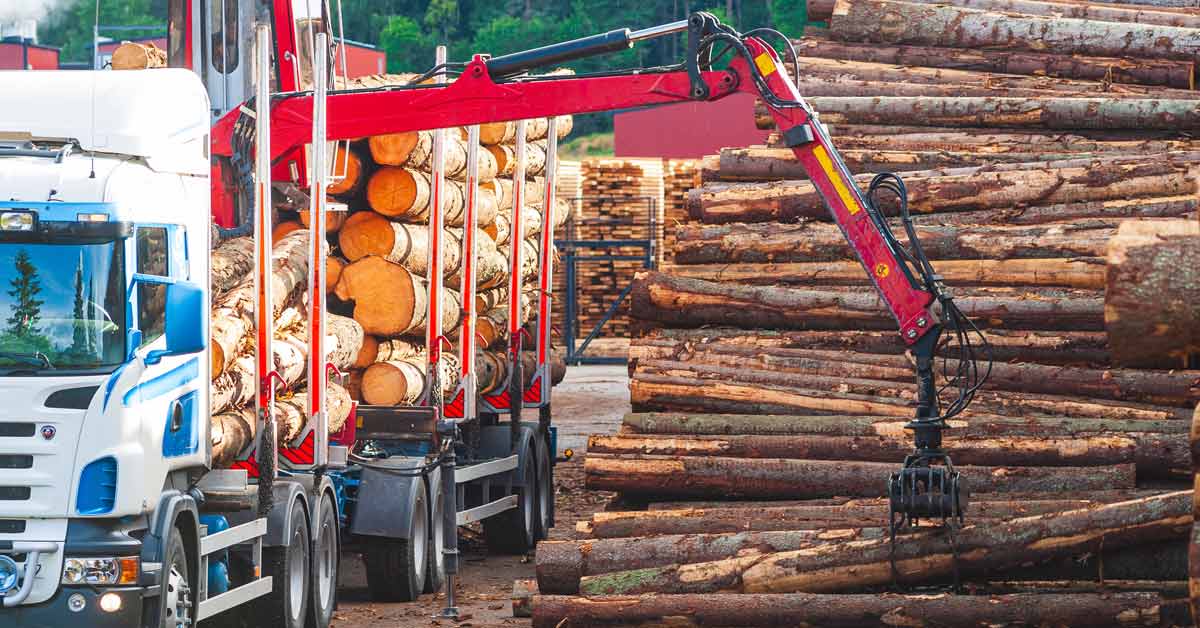3 min read
How Will the UK’s SAF Mandate Affect the Aviation Industry?
ResourceWise
:
Dec 6, 2024 12:00:00 AM

The UK has now officially committed to a greener aviation industry by signing its SAF mandate into law. The legislation solidifies the country’s future perspective on sustainable air travel and sets a clear pathway for adopting renewable fuels.
Details of the Mandate
Signed into law on November 18, the mandate will take effect on January 1, 2025. Like similar mandates, SAF blending will progressively increase over the next several years.
Starting in 2025, 2% of the UK's jet fuel must come from sustainable sources. The blending amount will increase to a target of 22% by 2040.
This roadmap includes caps and requirements for a few specific biofuels:
1. Hydroprocessed Esters and Fatty Acids (HEFA)
HEFA’s current supply will likely drive much of the early adoption of SAF in the 2020s. However, that dynamic will change as several other fuels come to market.
The use of feedstocks in HEFA production will not be restricted for the first two years of the UK’s mandate. By 2030, it will be reduced to 71%. By 2040, it will fall to 35%.
This shift over time will slow any overreliance on HEFA while accommodating the current limited supply of other commercially viable SAFs. Over time, advanced SAF production pathways will be developed to scale into increased blending requirements. This will also allow HEFA to supply fuel demand in other sectors like road transport.
2. Power-to-Liquid (PtL)
A separate aspect of the mandate focuses on PtL fuel adoption within SAF blending.
PtL fuels, such as eSAF, are created by converting carbon dioxide and hydrogen into a liquid fuel. The power driving the conversion process also comes from renewable energy such as wind or solar.
Read More: The Growing Role of eSAF in the Aviation Industry
PtL-derived fuel must comprise a minimum of 0.2% of total aviation fuel demand starting in 2028. By 2040, this number must reach 3.5% of total demand.
Another Broad Step in Global SAF Adoption
The UK’s mandate reflects a broader prioritization of UK's SAF sector with a future of rapid growth over the next five to ten years.
Several major producers, like LanzaJet and Nova Pangaea Technologies, have expressed their optimism about the legislation. Governmental provisions with tangible blending requirements will foster innovation and help drive investment.
For instance, strategic caps on feedstocks for the above-mentioned HEFA SAF will drive new innovations and investment into advanced fuels. Pathways through advanced feedstocks like woody biomass will fill in the gaps created from HEFA restrictions. This will ensure more balance inside and out of the SAF biofuels sector.
To further incentivize investment, the legislation has also introduced a revenue certainty mechanism set for 2026. The system will offer buy-out options within a price range of £4.70 to £5.00 ($5.99 to $6.37) per liter. Doing so aims to attract critical funding for a sector still in its early stages.
The system will ease some of the financial risk for new SAF plants being developed. Industry leaders have emphasized that this support is essential for positioning the UK as a global frontrunner in SAF production.
Mandate Also Aims to Enhance Collaboration Among Airlines
Alongside the SAF mandate, the UK government is also revamping its strategy for advancing greener air travel by launching the Jet Zero Taskforce. This new body replaces the Jet Zero Council, which last convened in April 2024 after nearly four years of deliberations.
The taskforce aims to improve decision-making on aviation’s carbon transition while broadening its focus. This new structure includes representatives from organizations across the sector:
- CEOs of Airlines, including Virgin and easyJet
- SAF Producers
- Airport Representatives
- Key Trade Bodies
- Academics
The group will focus on supporting SAF and zero-emissions fuel production, improving aviation systems to boost efficiency, and addressing aviation's wider environmental impact. Ensuring continuity and avoiding delays will be essential for the taskforce to achieve its objectives.
Upcoming Mandate a Clear Signal for the Future
Challenges undoubtedly remain in ironing out the SAF transition. Nevertheless, the UK's mandate sends a clear signal of intent.
At the heart of this change is a cooperative movement toward achieving sustainability goals. The new taskforce's expanded scope also recognizes the need for holistic solutions that address the environmental impact of aviation beyond carbon emissions alone.
With clear targets, financial incentives, and the aforementioned taskforce, the UK has made clear its intention for a renewable future in aviation.
Learn More About SAF Market with On-Demand Webinar
The SAF landscape is changing very quickly. To help you keep up, check out our on-demand webinar from ResourceWise’s VP of Low-Carbon Fuels, Matthew Stone:
On-Demand Webinar: SAF Market Prepares for 2025 Takeoff
Key Discussion Topics
- State of the SAF Market and Its Future
- Projections on How Global Market Will Move
- The Role of SAF Mandates
- Regional Supply and Demand Dynamics
- Production Pathways on Future Fuels
- Pricing Assessment as the Market Expands
Get the critical information you need to better understand the SAF Market—all in one convenient webinar. View the webinar today.






